Step inside Garage Novo and you immediately think you are back in 1950, when Henri, the grandfather, created this place. Nothing has really changed; it’s all still about craftsmanship, about knowledge that has been passed from father to son amidst the smell of old grease, and traditional tools that are used to maintain and repair these rare machines. We met Jean, the father, and Frederic, the son, the two generations now working in this historic garage.
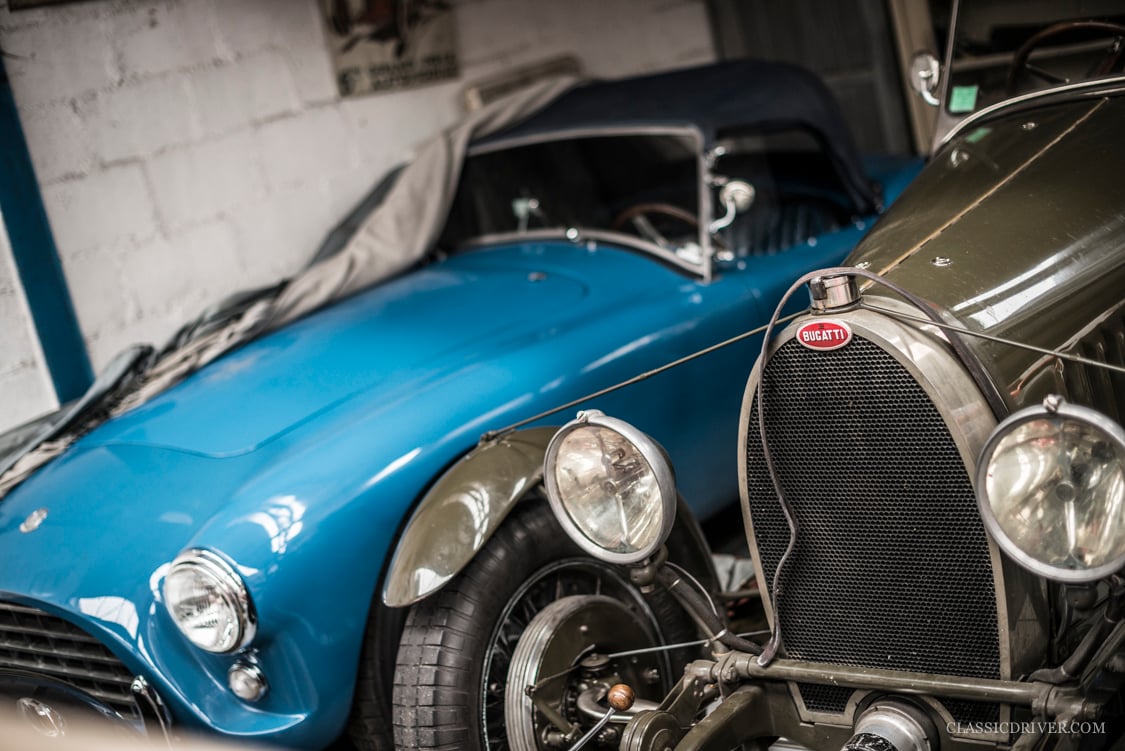
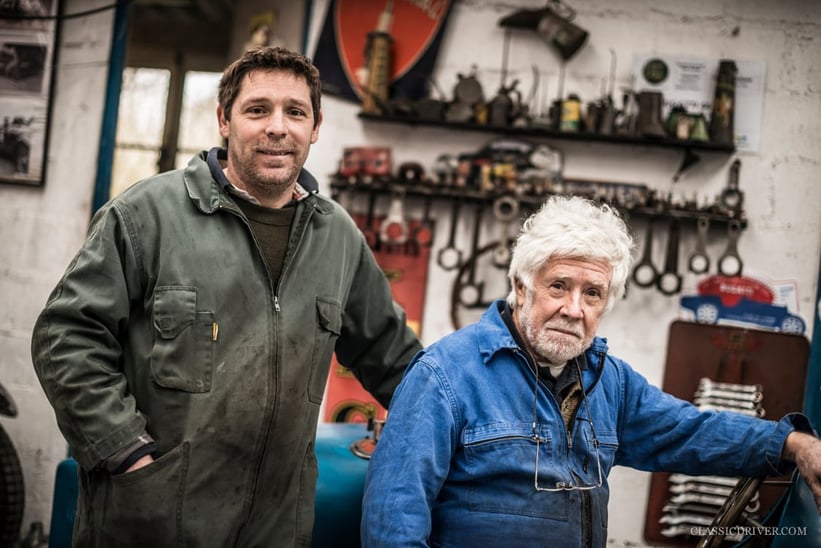

What’s your earliest automobile memory?
Jean Novo: When I was about seven or eight, my father took me on his knees to drive the Bugattis he had in the garage. He dealt with the pedals, and I looked after the steering!
Fred Novo: I don't know how young I was, but I remember going to Montlhéry, which is only a few kilometres away from the garage, with my grandfather.
Jean, what's the story of your father, Henri Novo?
When he was 14, he lived in Paris with his very modest family. One day, he heard the scream of a car driving incredibly fast in the streets. He turned his head and discovered it was a Bugatti. At this moment, he knew he wanted to work on these cars, so he went to Garage Teillac, one of the main Bugatti dealers in Paris, and began work that very day on a one-week trial as a trainee. He ended up staying for years.

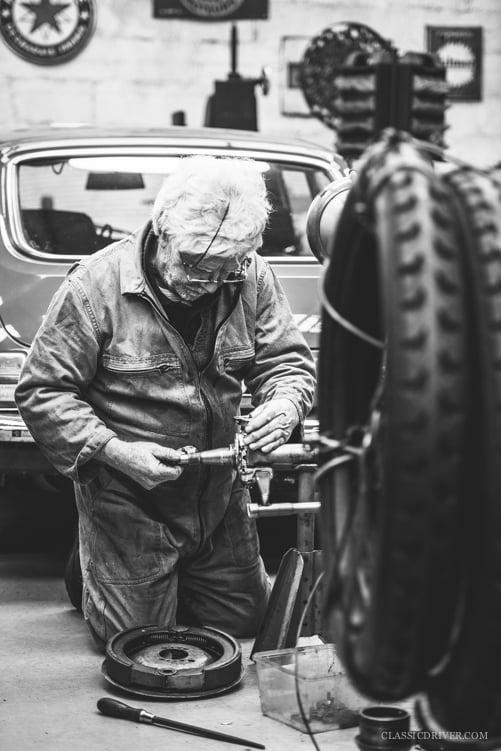
How was it at Garage Teillac? What did he do?
My father had a real predisposition for mechanics. He understood everything very quickly, and rapidly became fully operational on the cars. He was so good that the manager of the garage sent him to the Grand Prix to help customers who were racing at the weekends. It was very hard at the time: he worked seven days a week, with no account taken of how many hours he put in. Sometimes, customers’ cars would break down during practice and, when my father called his boss in Paris, the answer was always the same: “Find a solution so that Mr. X can race. Otherwise, don't come back to work on Monday!” So it was very tough, but it was all about passion.
And then what happened? How did your father start his own business?
When he left Garage Teillac, he went to work for some other garages. After the War, he was at a Bugatti/Lancia Garage in Paris, which also began to do Simcas and other popular brands. My father thought it was time to leave as he didn’t want to work on these other cars, and there were fewer and fewer Bugattis. But the garage had an amazing stock of Bugatti spares, and offered Henri the chance to buy them to create his own business. My father didn’t have the money immediately and, when he came back with it one week later, everything had been thrown out as scrap. That’s how people thanked my father at the time.
So, he created his first garage in October 1950 in Montrouge, near Paris, and then moved to Vitry-sur-Seine in the nearby suburbs. A few years later, he was evicted as various town councils needed room for their buildings... and so in 1968 he decided to go further, to near Montlhéry (where we are now), to open his garage. He worked here with us until the mid-90s.
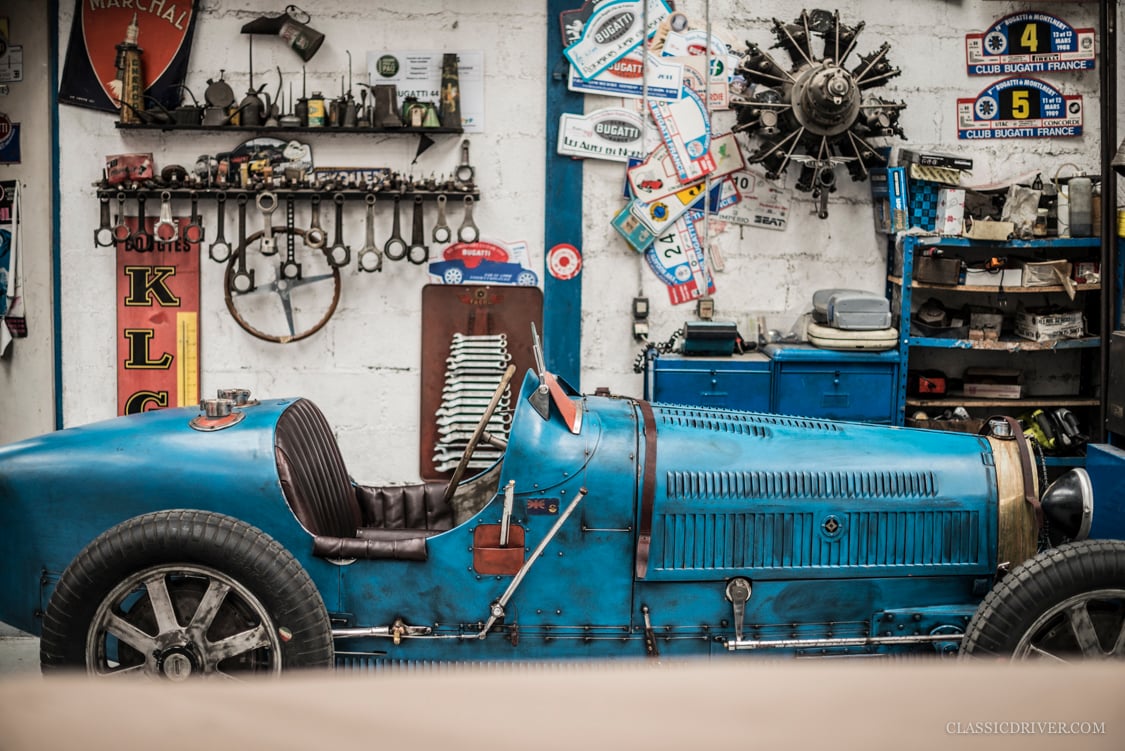
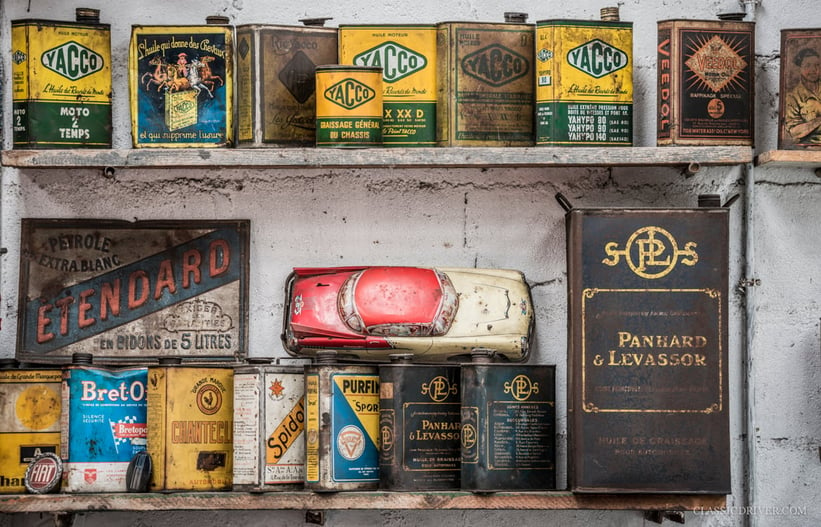

What’s your view of Henri Novo’s work and career?
Jean: He did an incredible things, working hard to save many Bugattis and we must be very thankful for that. He was a genuine self-made man, with an incredible inborn sense of mechanics and passion for his work. For him, it is as though the Bugatti factory never closed, and he’d speak about the ‘Maison Bugatti’ in the present tense: “How can the Maison build a part like this?!” He almost wanted to call Molsheim to explain how they could have improved some parts or set-ups... 30 years after they closed the factory. For him, ‘La Marque’ was still alive.
Fred: As my father says, he saved many cars, either buying them at the time they were seen as simply old, unwanted cars, or maintaining them for owners. Very few people in the automobile world did anything comparable.
Jean, how did you start working with Henri?
From a very young age, I would be with him in the garage and I remember grinding valves for hours. But I quickly learned to help him working on the engines. When I was 16, he gave me my first Bugatti. I still own it, and it’s in the garage: the Type 38A with a Lavocat et Marsaud body. I tried working at another company but felt I was in the wrong place, and returned here in 1982/83.
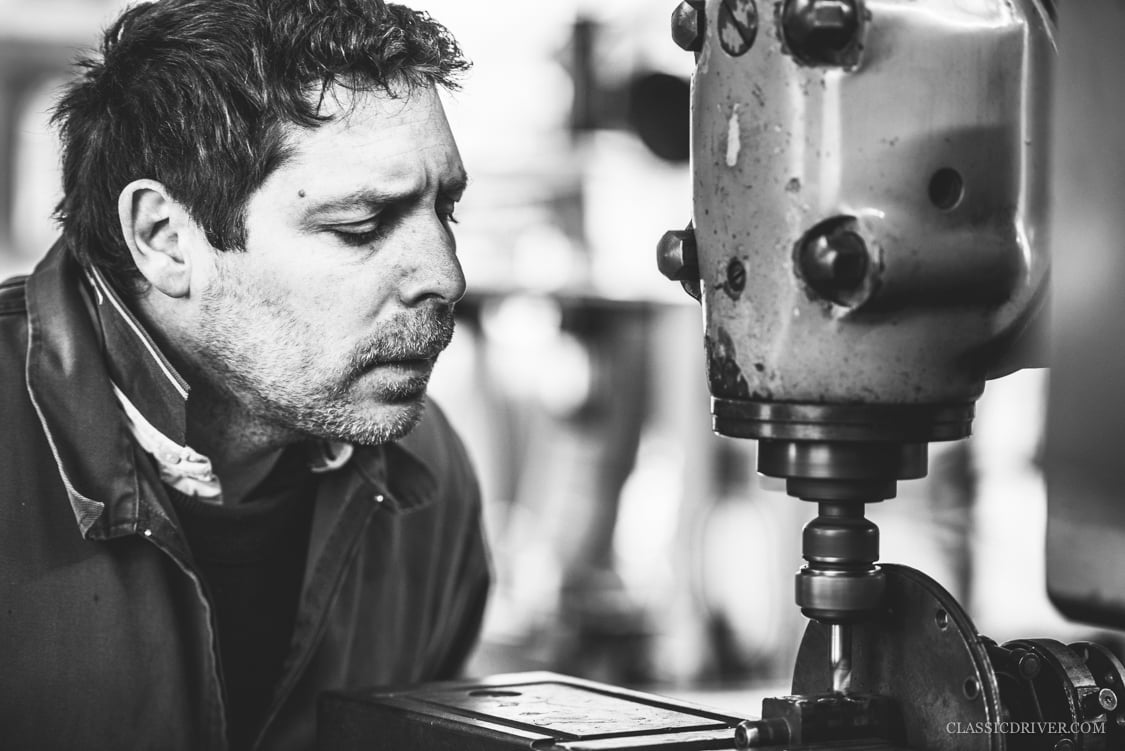
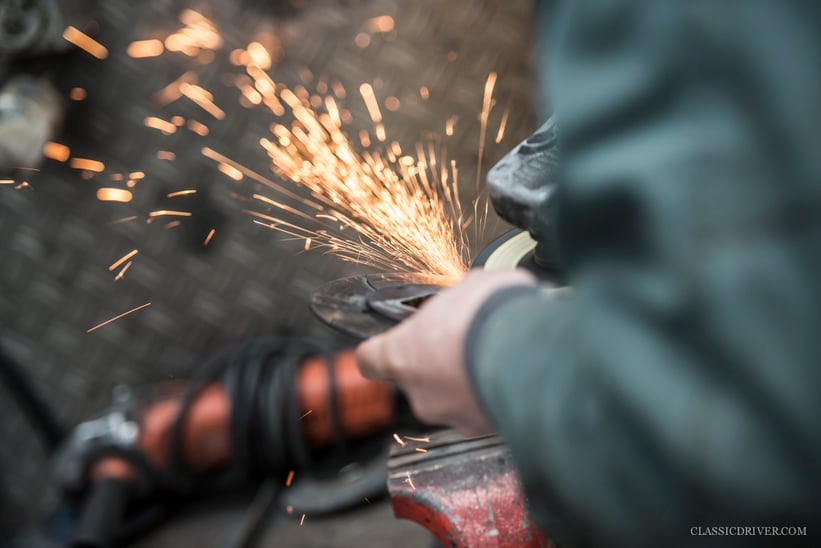
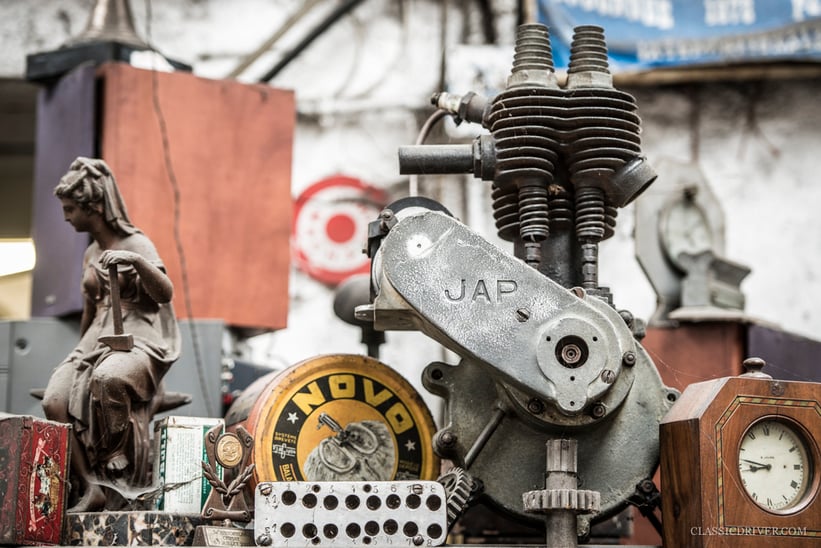
How do you see the Bugatti brand?
I have enormous passion for the brand. Once you’ve driven a Bug, you can’t settle for anything else.
And how is the business going?
Well, it has always been difficult. It's always hard to make a profit when your business is based on passion, but I have no regrets. We have such interested and interesting customers, who are always keen to see and understand what we’ve done to their cars, how each part is made, and so on.
So Fred, how did it start for you?
Well, I wasn’t in the garage as much as my father. I started coming more regularly when I was a teenager, but then I started a job as a technical salesman, selling printing stuff. I did it for a year, but I was pretty unhappy... so I resigned from that job, came back to my parents’, and started to work in the garage with my father and grandfather. And I never left.
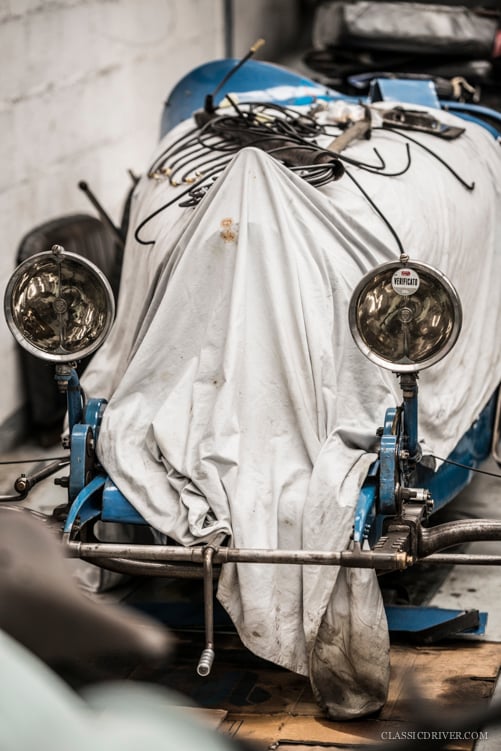
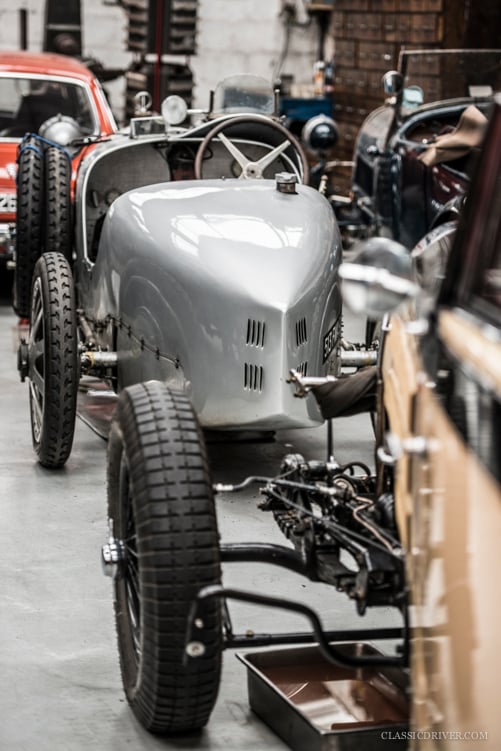
But you didn’t know that much about cars and engines?
Exactly! I had a great deal to learn, but I definitely had the best possible teachers. Thanks to my studies, I already knew some things about metal and I knew how to use a machine tool. I could mill and lathe, for example.
Why didn't you start earlier?
You know, I had this picture of my father and grandfather working very hard for almost nothing. I knew it was very difficult. And I didn’t have such a strong passion, maybe because they were so busy in the garage that we didn’t have the chance to do many rallies together. In 1981, however, all three of us went along to work at Ettore Bugatti’s 100th birthday anniversary rally and it was a terrific experience.
And how would you describe your interest now?
My passion for the work came on quite late, and arrived progressively, but in the end it felt natural. I like cars with a strong personality.
So how would you describe Bugatti cars?
They have many qualities but also many faults. But happily, more qualities than faults. It’s the combination of both that results in a harmonious car with an excellent personality.
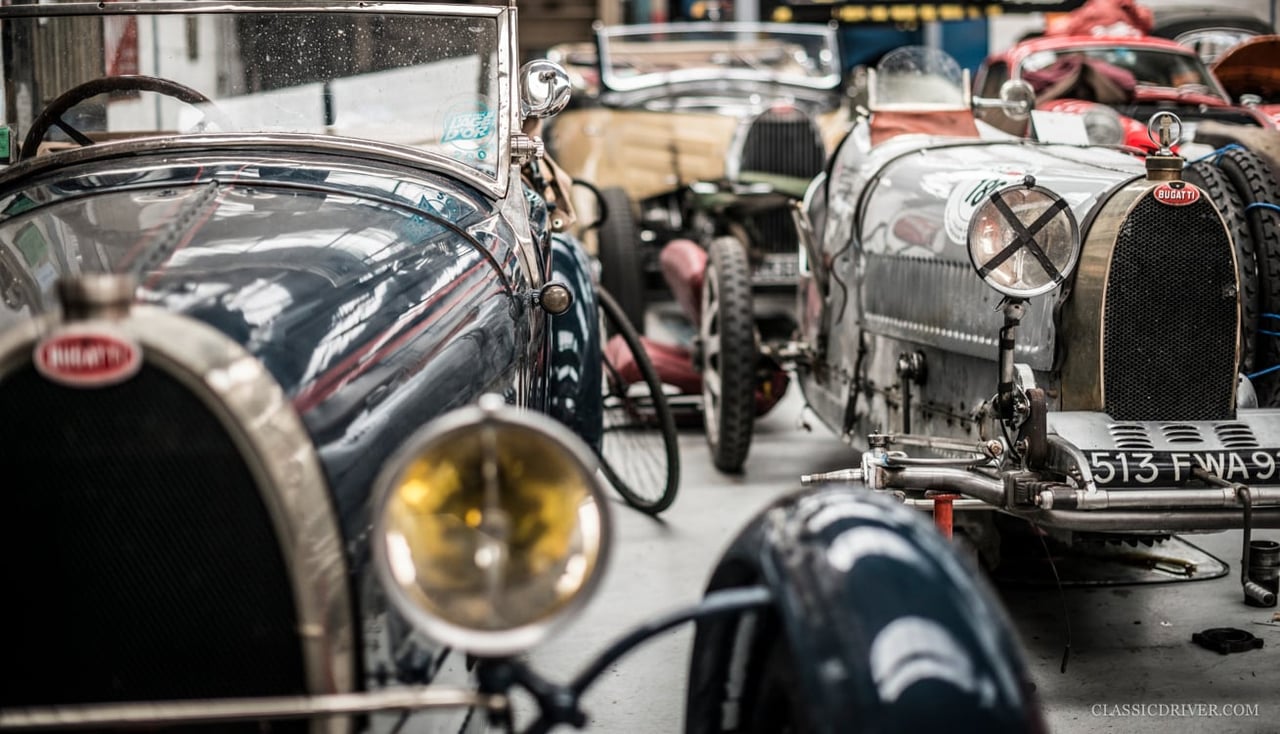
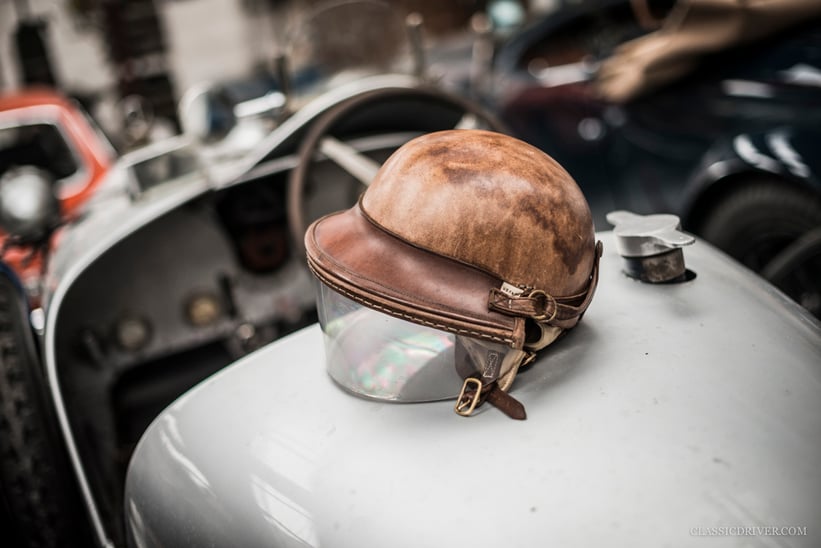
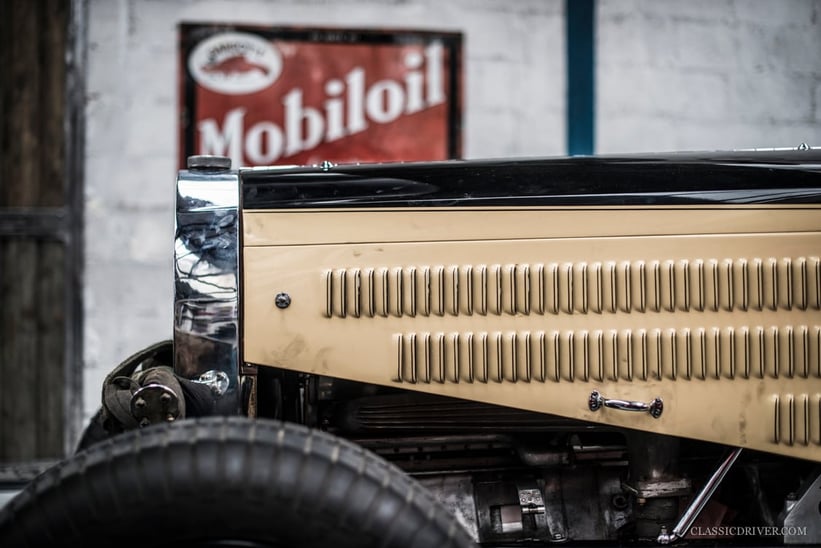
Can you give us an example?
Yes. Some years ago, when there was less traffic, it was still possible to deliver cars to our Paris customers by driving them there on the road. On one occasion, I had just picked up a Type 57 Ventoux – excellent engine, good chassis, but still a big, heavy car and not easy to drive fast. At one point, I saw a car coming close in my mirror, and as this was the time when car-jackings had just started, I began to drive the 57 as it should be driven. The car behind became smaller in the mirror, but then it came back, faster, and very, very close. There were some roundabouts coming up and I decided I couldn’t risk the car being stolen, so I put the pedal to the floor through every roundabout, every curve... the 57 felt fantastic! But the car was still behind me. As I arrived in my village, a traffic light was red and so I stopped, and prayed. The guy behind drew level, lowered his window, and said, “Hey Fred, you're driving that 57 as you drive your 35 – you’re crazy! But it was great fun to follow you.” It was Jean-Pierre Beltoise...
How do you see your father?
I have enormous respect for him. He’s still working with consistency and speed at the age of 76. That’s impressive!
How do you see your work?
It's still a work of passion. There are no spare parts available, and you have to maintain, repair or restore cars in a way that complements the repairs of the last 30 or 40 years, sometimes with the techniques used in the 1960s and ’70s. So, when a car arrives for the first time in the garage, we never really know what will have to be done. But when it’s delivered back to the customer, it has the Novo touch – a sort of quality label. It’s the same with our friends Rondoni, from the South of France: such cars deserve excellent work.
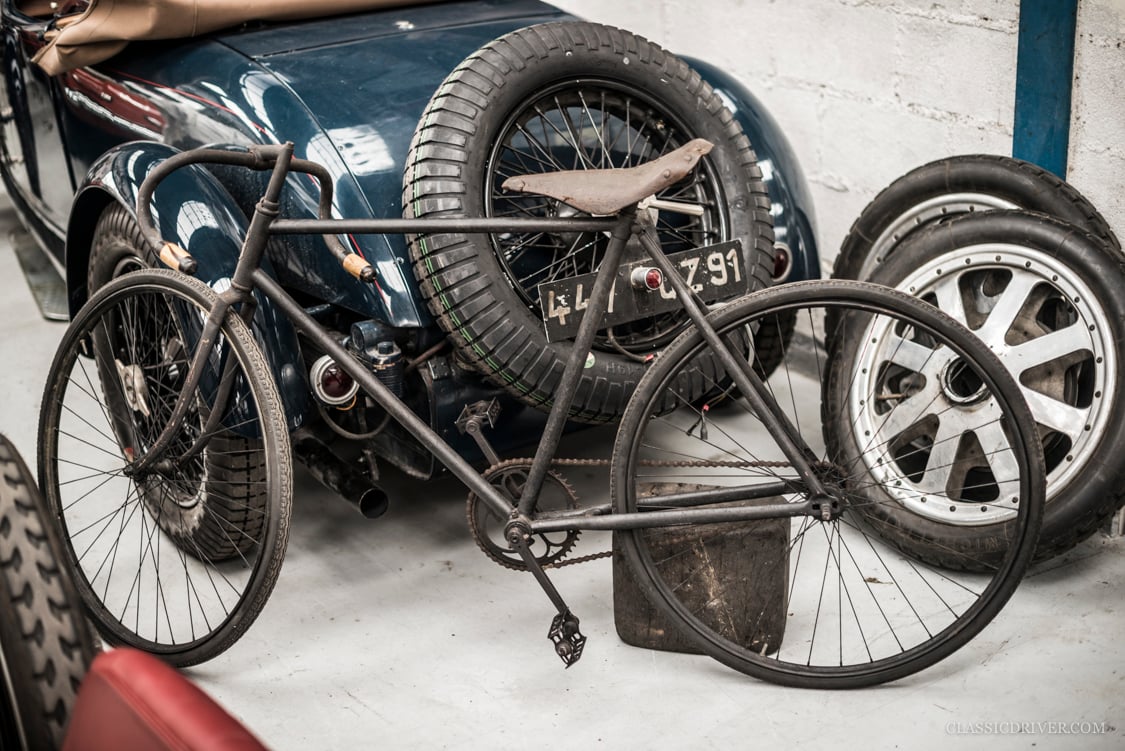
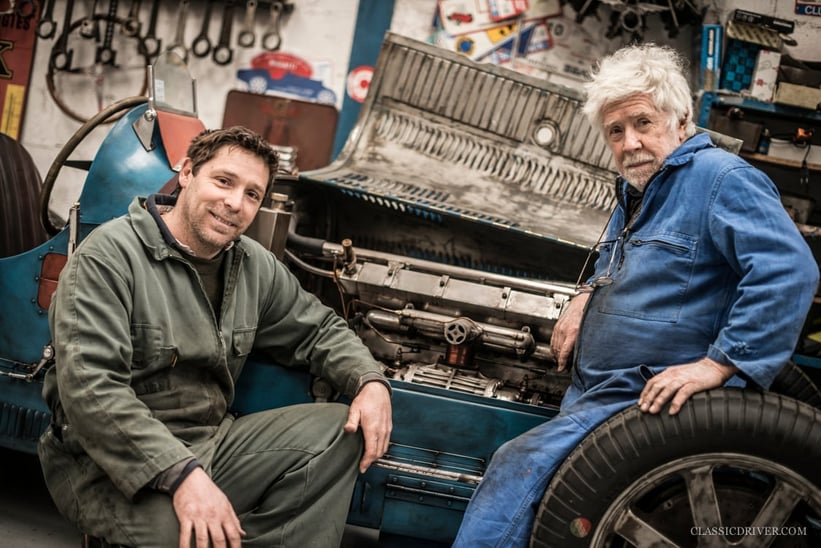
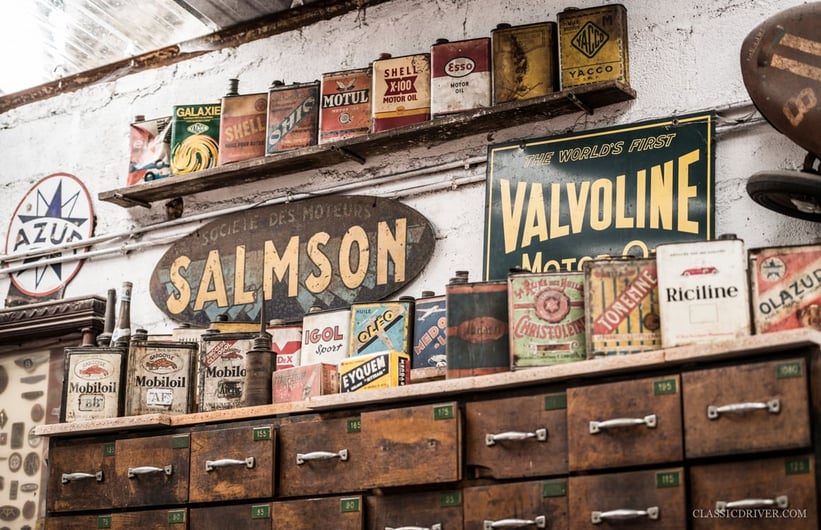
To you, which is the archetypal Bugatti?
Jean and Fred: Either the Type 35, or the Type 44. A well-prepared Type 44 is a fantastic car to race, too.
And which is the ultimate Bugatti?
Jean and Fred: The Type 59, no question. Henri serviced one for many years in the 1950s, and we’d love to have one in the garage again.
So, it’s not the Type 45/47 with the H-engine?
Well, we’d be more likely to say it’s the most amusing Bugatti. Of Bugatti’s many experiments, this is one of the weirdest... so, in a way, it’s an ultimate example, yes.
What’s your dream car?
Jean: The Ferrari 250 SWB. The rear is wonderful and the engine melody is marvellous.
Fred: The Delage 15 S8 1500 Grand Prix that we regularly service here. The engine is fabulous and it’s a great car to drive.




































































